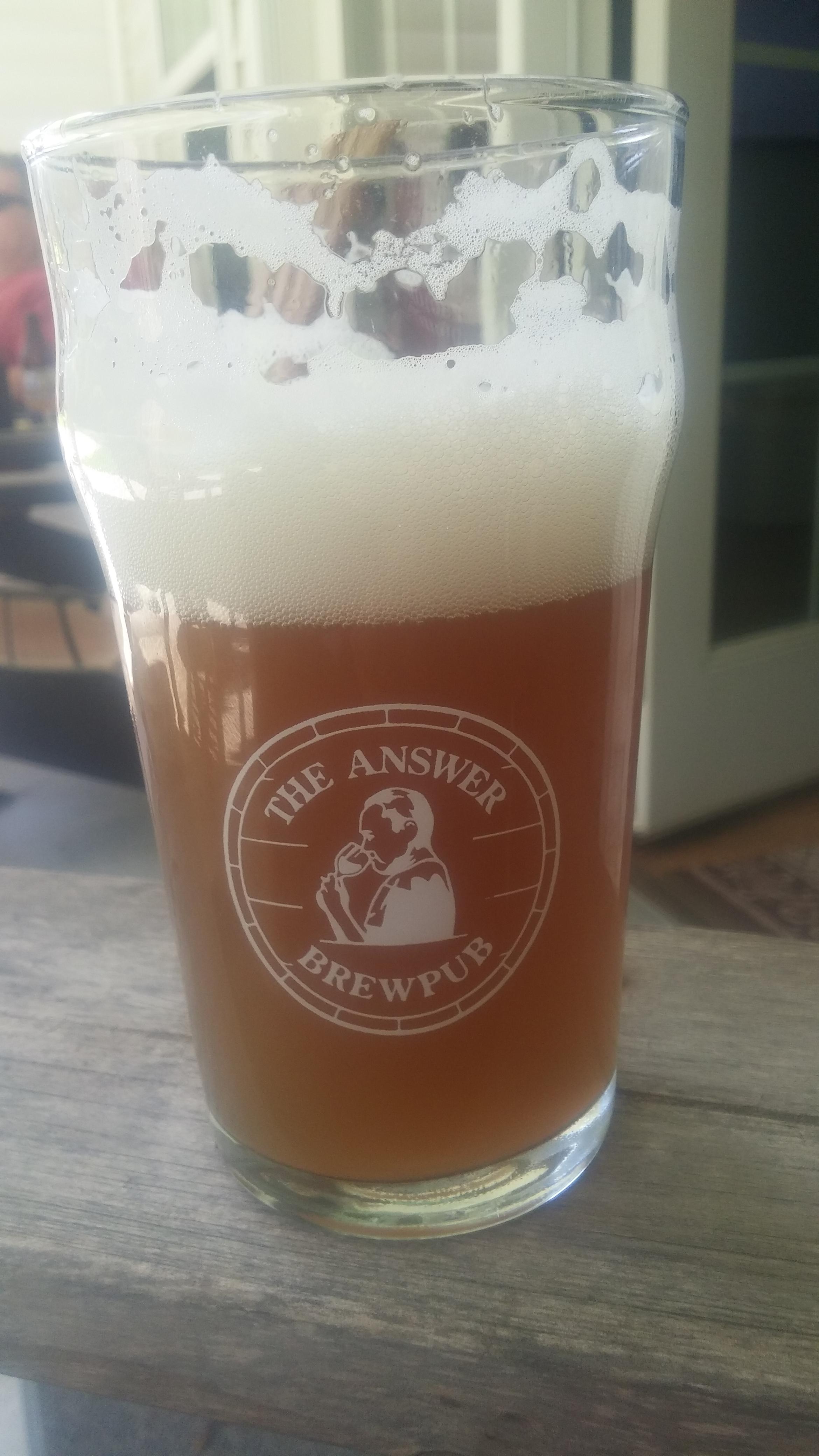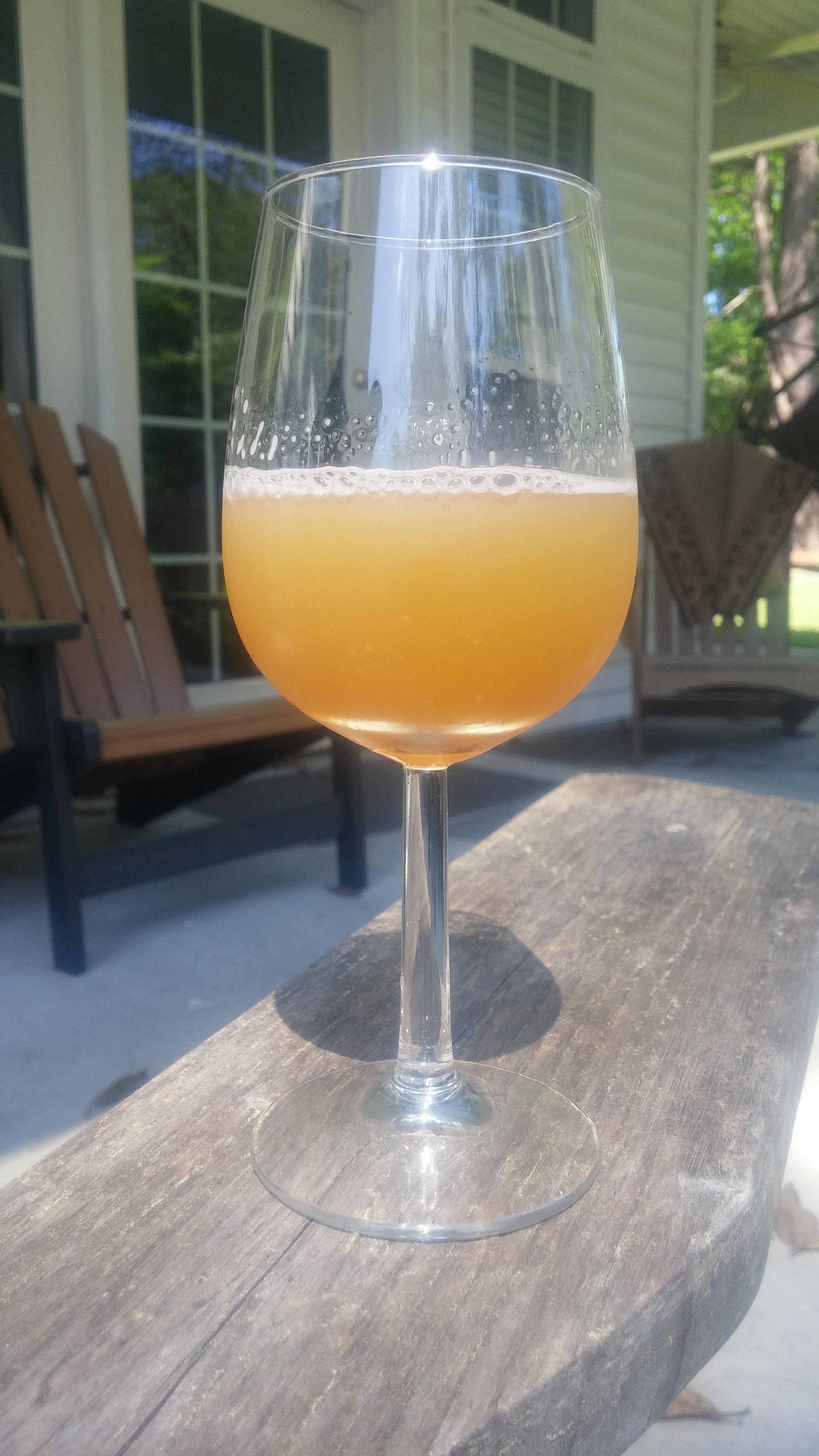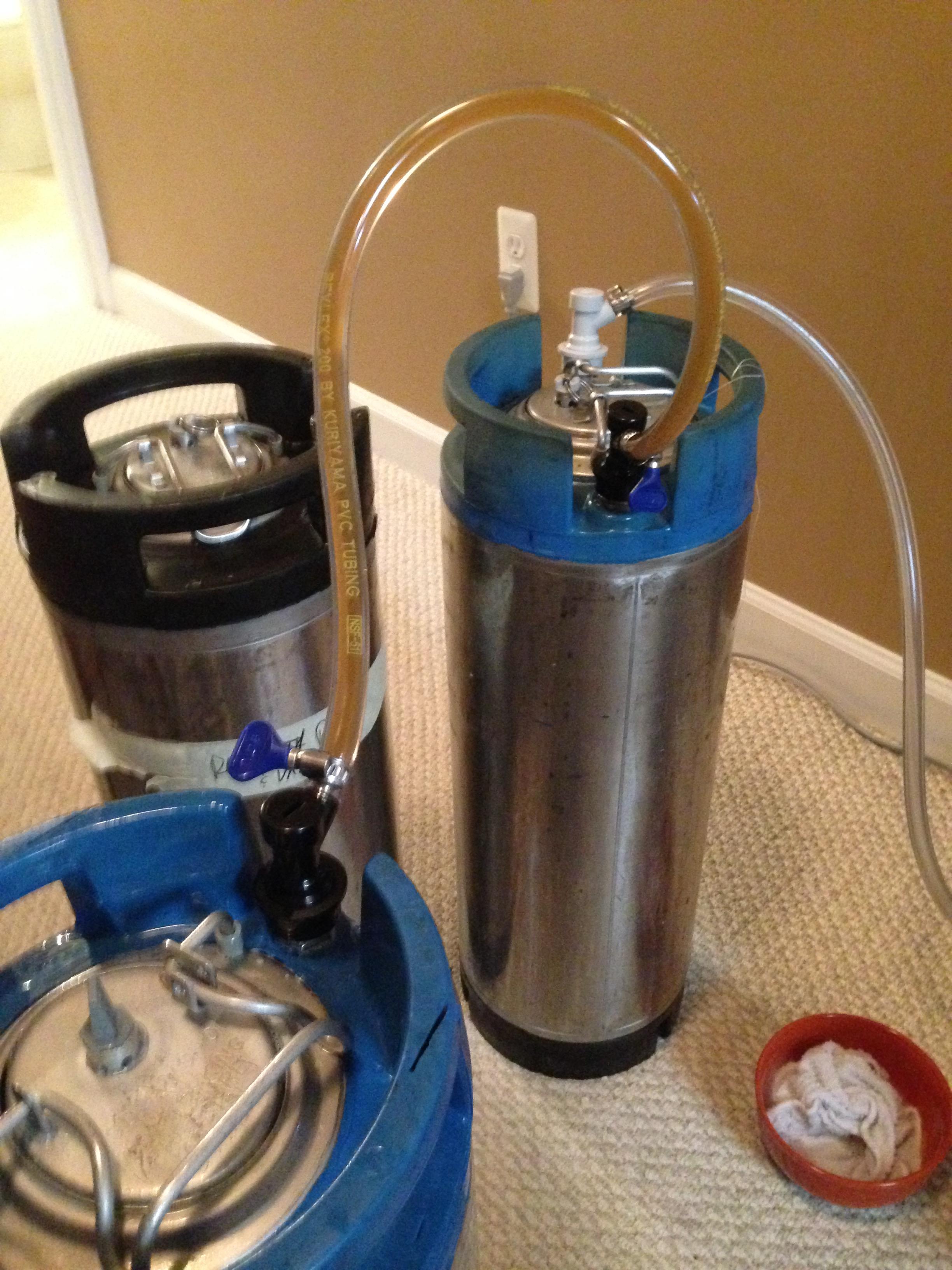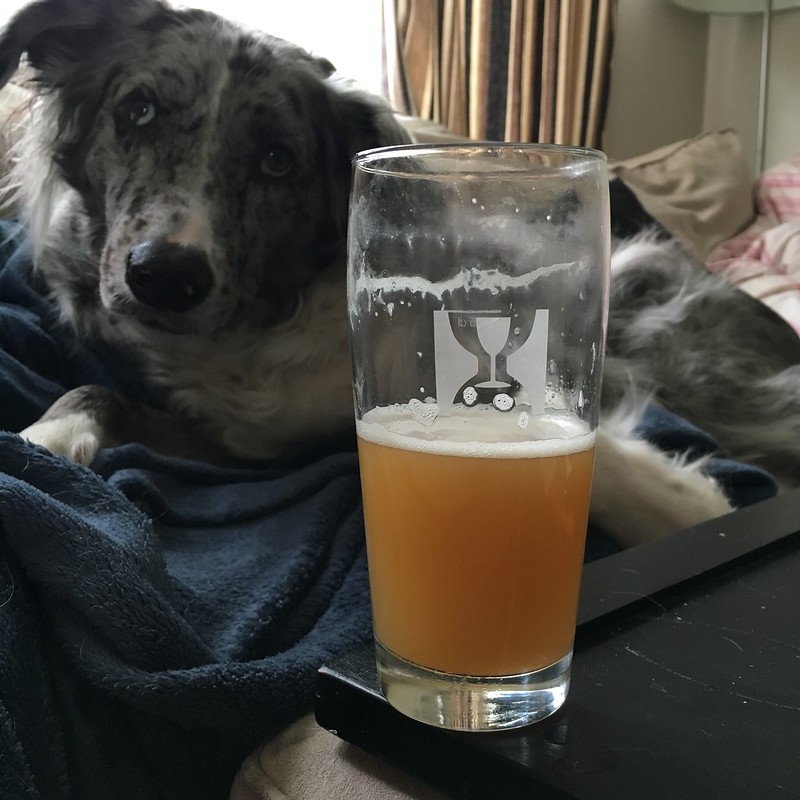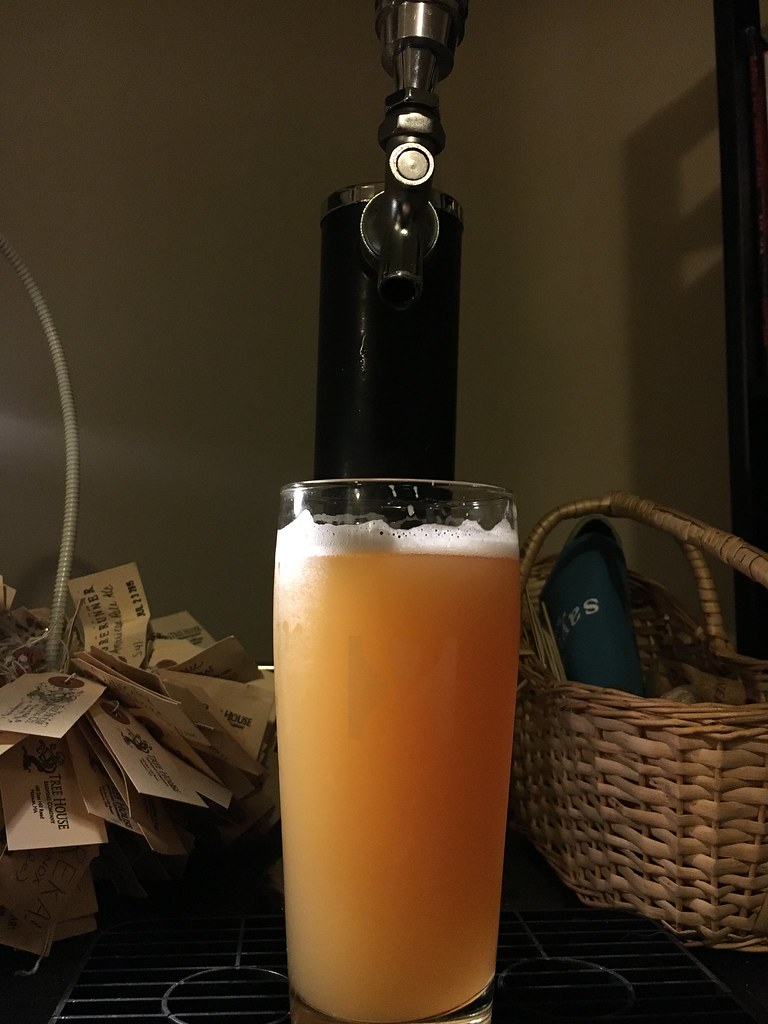I love racking with c02 and have seen a big improvement in my hoppy beer because of it.
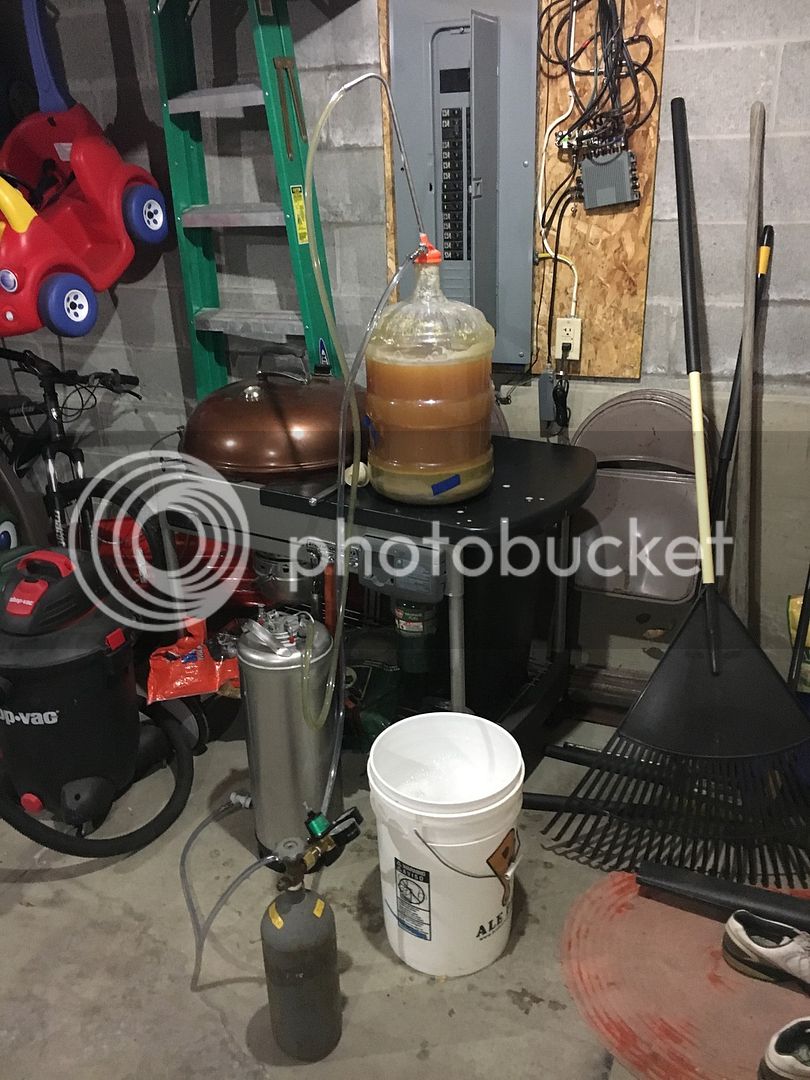
Items needed:
Orange carboy cap
stainless steel racking cane (plastic is an option, but stainless is nice and will last ~forever)
5-7 feet of gas tubing
2- 1/4" nut to 5/16 barb
https://www.morebeer.com/products/14-nut-516-barb.html
1- 1/4" male flare to 1/4" barb
https://www.morebeer.com/products/flare-fitting-14-male-barb.html
hose clamps to tighten barbs into the gas line and the barb that goes into the one side port of the carboy cap.
Appropriate size tubing for the racking cane(5-8ft), and a ball lock/hose clamp for on the end that will attach to the kegs LO post.
pretty simple process wise.
Sanitize the receiving keg, after keg inside is properly sanitized, hit it with some co2, attach ball lock of racking cane assembly allowing sanitizer to flow from the keg throughout the racking cane into your star san storage bucket. Hit the empty sanitized keg with more Co2 pulling the PRV a few times to purge the keg.
Insert the sanitized racking cane into the beer getting the orange carboy cap to seal on the lid of the carboy (an optional hose camp can be applied here to ensure a tight fit, but can be dangerous if your siphon was to clog...with hops). Pull the PRV again getting all Co2 out of the keg, and leave the PRV open. Apply 2-5psi to your carboy cap, gas goes in, forcing the beer to escape via the stainless steel racking cane to your kegs LO post via the LO ball lock.
Complete transfer, hit with an optional co2 purge to clear the headspace if your a paranoid freak. Keg as normal.
Something I am kinda fooling around with is a 2nd dose of dry hops in a muslin bag in the receiving keg. Dry hop under 20-25lbs of pressure at room temp for 4 or 5 days before putting keg in kegerator. Higher pressure helps to get the essential oils into the beer, rather than into the headspace. Don't do more than 3 oz of hops per muslin bag, and weigh bag down with sterile marbles, or sterile stainless nuts.
Cheers.
Pat


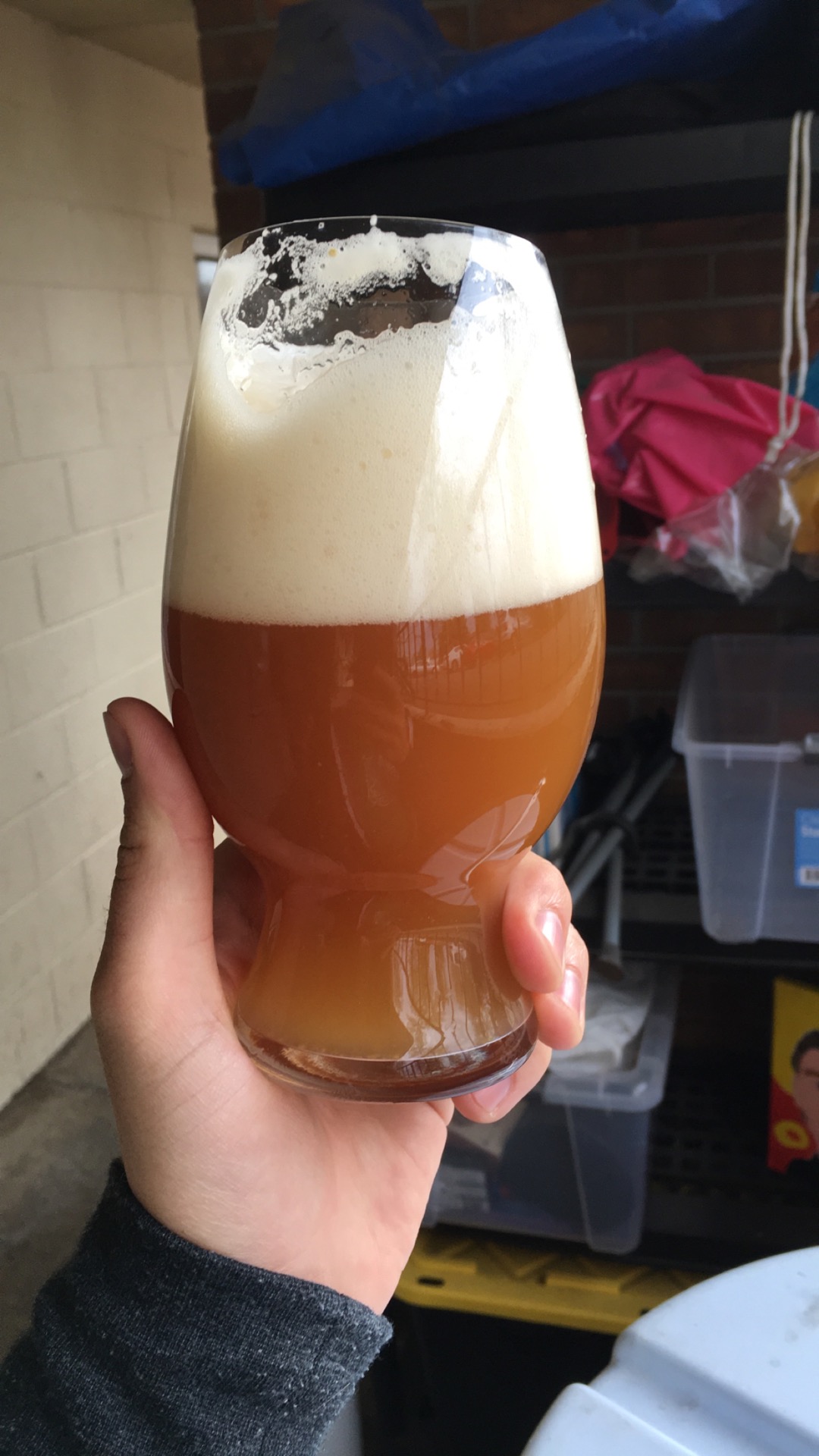
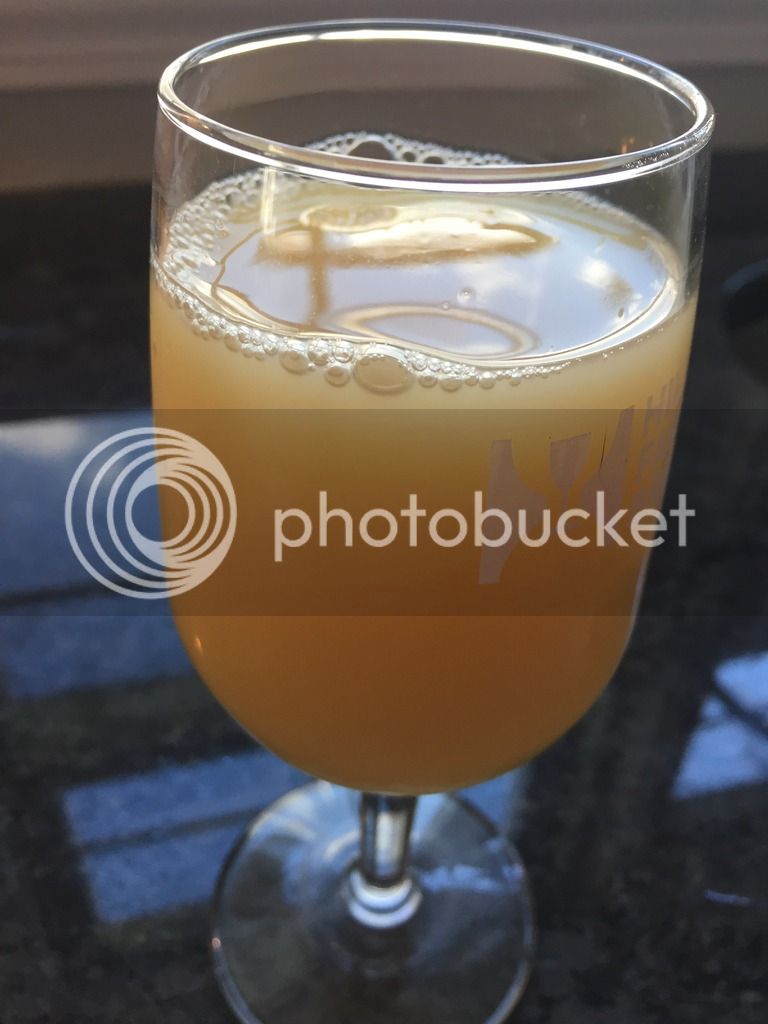
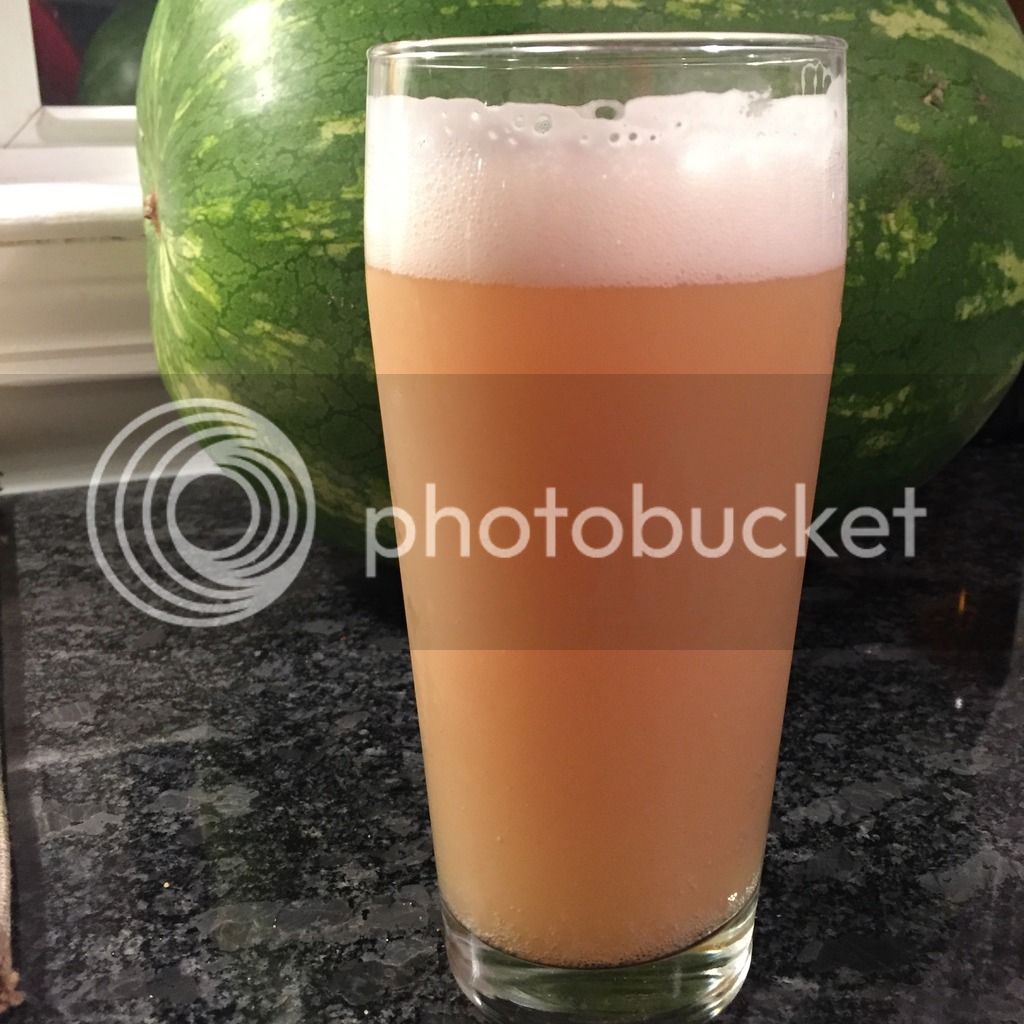







































![Craft A Brew - Safale BE-256 Yeast - Fermentis - Belgian Ale Dry Yeast - For Belgian & Strong Ales - Ingredients for Home Brewing - Beer Making Supplies - [3 Pack]](https://m.media-amazon.com/images/I/51bcKEwQmWL._SL500_.jpg)















